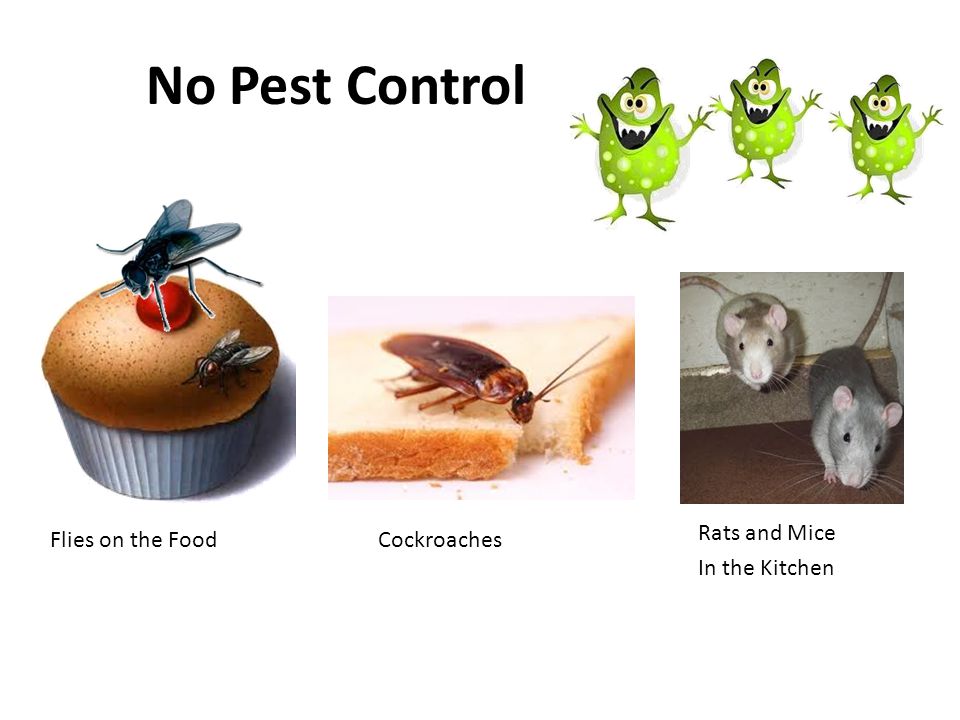Mice in the Kitchen and Why it Always Invade
Hiding in a kitchen cabinet or tucked away in the corner of a shed, mice find ways to enter the cleanliest of homes, apartments, and other human dwellings. There's a very good reason for this of course, it is where most of the food is. It's also somewhere that you can find a lot of water, and mice need both to survive.
One of the places that you are most likely to find mice is in the kitchen. If you do find mice in your kitchen though, what are the best pest control methods to deal with them?
When it comes time to get rid of mice, many people wish to repel and drive out critters before clearing away traps, locating dead carcasses hidden in walls, and shelling out the money to hire an exterminator. If you are looking for home remedies to get rid of mice, consider the following suggestions:
a) Peppermint and Peppermint Oil:In just about every home remedy circle, you will hear that mice cannot stand the scent of peppermint or peppermint oil. Soak a cotton ball in the oil of peppermint and place it at a suspected entryway.
Related
While mice enjoy a nice meal of cereal grains and crumbs, they will also adapt to anything else they can sink their teeth into. If you remove their food supply, most mice are forced to look for other places to eat. Remove edible temptations from low kitchen cabinets. Place cereal and other boxed items in glass containers and plastic Tupperware.
c) Mint:Keep new mice from entering your residence by adding mint plants to the foundation of your house. If you are already battling a mouse problem, sprinkle mint leaves in the parts of your home that the mice like to frequent. Mint is known to repel mice in most cases, but you must remember to replace old leaves with fresh ones on a regular basis.
d) Bay Leaves:Some people have been successful in keeping mice away by sprinkling bay leaves in their kitchen and about the pantry.
e) Mothballs:Mice have a reputation for setting up shop in a shed or garage for the winter season. If you place mothballs around your garage, mice will look for other places to live. In the house, mothballs are used to deter mice from kitchen cupboards, drawers, and other storage spots.
f) Steel Wool:Mice enter your home in the most creative manner, but once you have pinpointed an access point, use steel wool to block their way. The material is much harder for mice to gnaw through than other options, like wood and newspaper.
g) Onions:The smell of onions has helped some individuals solve their mouse problem, as they say the odor is offensive to the pests.
When you are having a problem locating the point of entry of your uninvited guest, use baby powder (or flour) to check for tracks. Scatter a small patch on the floor along a wall or other frequented places. Some people like to bait a mouse by placing a cracker with a bit of peanut butter in the middle of the patch. Hopefully, you can locate their access point or at least, determine the direction in which they originate.
i) Ammonia:Some people have driven away their mouse by leaving small bowls filled with ammonia in the places they like to frequent. It is said that the scent repels mice.
j) Peanut Butter:Are you looking for an effective bait to lure your unwanted visitor? The next time you lay traps, use peanut butter as bait a treat that a mouse cannot resist. Since the peanut butter is sticky, he or she is unable to swipe it before setting off a trap [2].
For more information on this topic, check out the links below:
pest control auckland, pest control south auckland






0 Response to "Mice in the Kitchen and Why it Always Invade"
Post a Comment